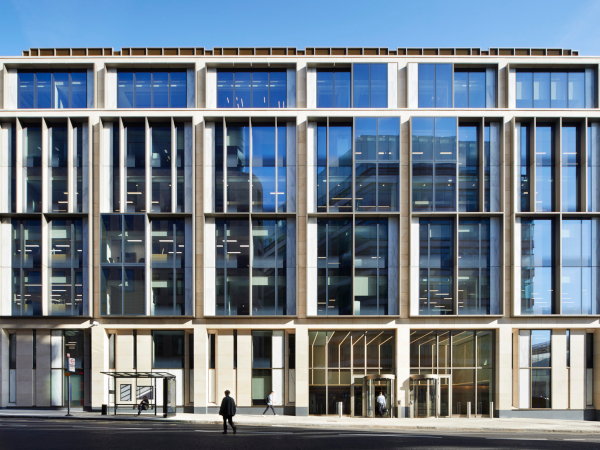Date: 17 March 2015
Biophilic designed buildings incorporate things like natural lighting and ventilation, natural landscape features and other elements for creating a more productive and healthy built environment for people. Dynamic glazing like SageGlass is a great example of using new building technologies to achieve biophilic objectives.Check out Katie Gloede’s recent article in Ecobuilding Pulse, “7 Ways to Enhance Indoor Environments with Biophilic Design,” for a deeper look into the subject. She cites work from the Biophilic Cities Project, a network at the University of Virginia School of Architecture, to illustrate examples of biophilic design principles. For example, on the matter of natural lighting she writes:
“Maximizing natural light benefits people as well as energy bills, but biophilic interventions incorporate natural lighting from diffusion to temporal changes. A lighting system that either naturally or artificially changes throughout the day to mimic our circadian rhythm helps link people to the outdoor environment and, essentially, keep us on track with our natural 24 hour cycle. Maximizing natural light and changes throughout the day also enhances visual comfort.”
You can read the entire article here at Ecobuilding Pulse.


















Add new comment